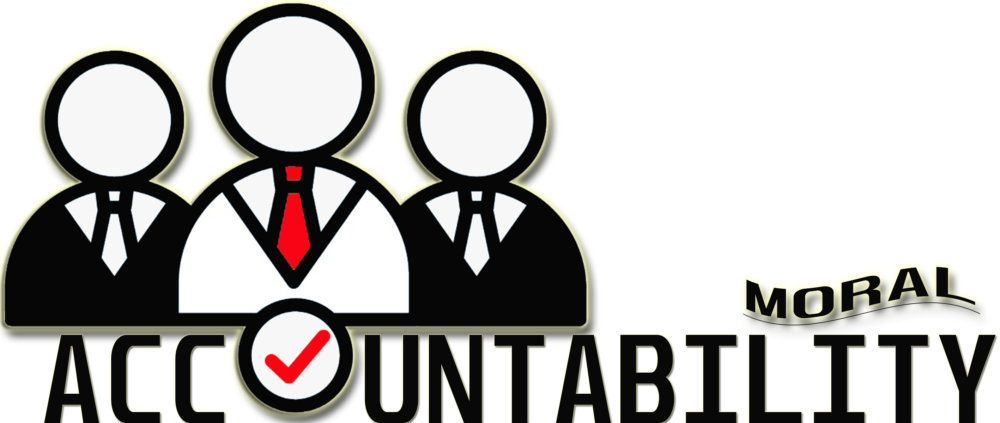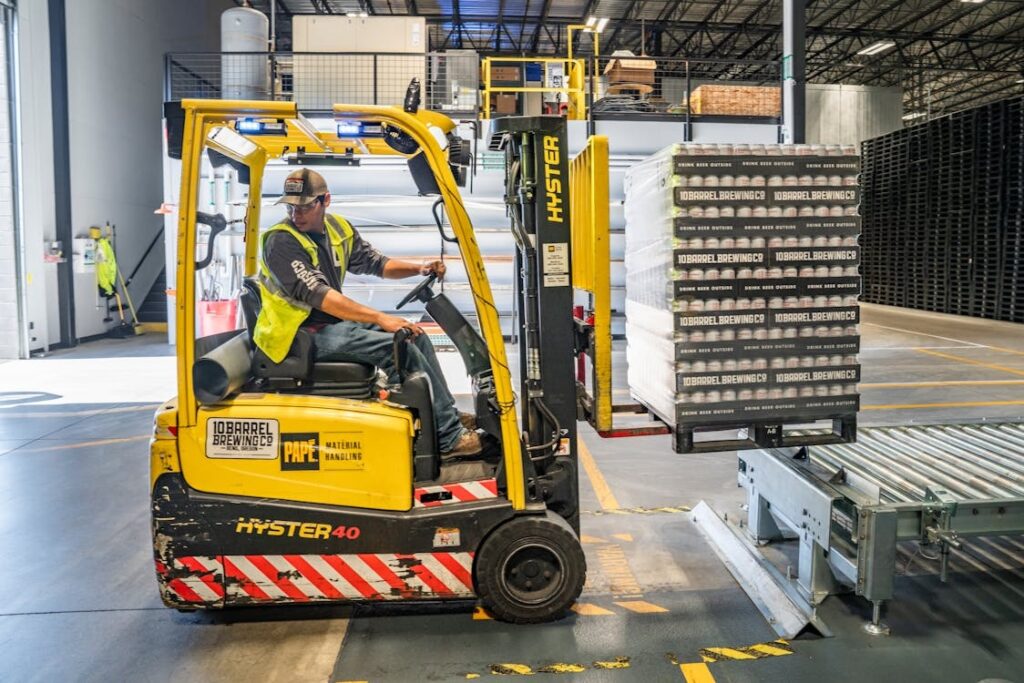Industrial environments demand a high level of cleanliness, particularly when it comes to flooring. Clean floors not only maintain a professional appearance but also ensure safety, reduce accidents, and prolong the lifespan of the flooring material. In this blog post, we share practical industrial flooring cleaning tips that will help you maintain cleanliness efficiently and effectively.
Understand Your Flooring Material
Before starting any cleaning regime, it’s vital to understand the type of industrial flooring UK you’re dealing with. Industrial floors can be made of concrete, epoxy, tiles, or specialised materials. Each requires specific care:
- Concrete: Durable and porous. It often benefits from sealing after cleaning to prevent stains.
- Epoxy: Smooth and resistant, but can become slippery if not maintained properly.
- Tiles: Require regular sealing and may have grout that needs extra attention.
Understanding these materials helps select the correct cleaning agents and methods.
Choosing the Right Cleaning Agents
Selecting an appropriate cleaning agent is crucial:
- pH-neutral Cleaners: Suitable for most surfaces as they don’t harm the floor or environment.
- Degreasers: Ideal for areas prone to oil or grease spillage, such as garages or manufacturing floors.
- Disinfectants: Necessary for areas requiring high hygiene standards, but ensure they are safe for your flooring type.
Always test a small area first to ensure the cleaner won’t damage the floor.
Regular Maintenance Routine
Consistency is key. A regular maintenance routine includes:
- Sweeping or Dust Mopping: Daily sweeping removes dust and debris, preventing them from scratching the floor during wet cleaning.
- Wet Cleaning: Depending on floor usage, mop or scrub weekly or monthly using appropriate cleaning solutions.
- Deep Cleaning: Periodically undertake a deep clean, involving stripping and resealing floors if necessary, especially after heavy spills or accumulated grime.
By sticking to a schedule, minor spills can be dealt with promptly, reducing the risk of stains or prolonged damage.
Use of Proper Equipment
The right equipment makes a significant difference:
- Industrial Sweepers: Efficient for large areas, they remove debris swiftly.
- Scrubbers: Automated scrubbers can deep clean without manual effort, ideal for tough grime.
- Microfibre Mops and Cloths: They pick up more dirt and reduce streaks compared to ordinary mops.
Ensure that equipment is maintained and cleaned regularly to prevent spreading dirt rather than removing it.
Safety Considerations
Safety should always be a priority:
- Non-Slip Coatings: Applying non-slip coatings reduces accident risk in wet areas.
- Proper Ventilation: Especially when using strong cleaning agents, ensure the area is well-ventilated to avoid inhaling fumes.
- Signage: Use caution signs when floors are wet or being cleaned to alert employees and visitors.
Training staff on correct cleaning procedures and safety protocols helps prevent accidents and ensures a safer workplace.
Eco-Friendly Practices
Sustainability is increasingly important:
- Green Cleaners: Opt for environmentally friendly cleaning products that perform effectively without harmful chemicals.
- Waste Management: Proper disposal of used cleaning agents and materials minimises environmental impact.
- Water Conservation: Use water-efficient cleaning methods and equipment to reduce waste.
Embracing eco-friendly practices not only helps the environment but can often be more cost-effective in the long run.
Conclusion
Industrial flooring cleaning may seem daunting, but with the right knowledge, equipment, and regular maintenance, it becomes a manageable task. Understanding the material, choosing the correct agents, and prioritising safety will lead to a cleaner, safer, and more efficient industrial workspace. Adopting these tips ensures your floors remain immaculate, extending their lifespan and maintaining a professional environment.

